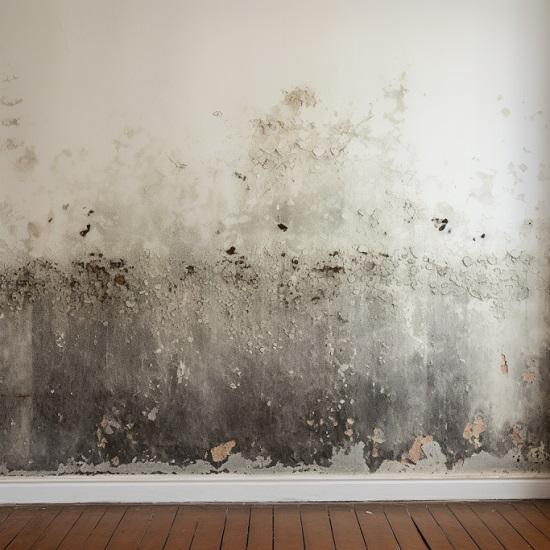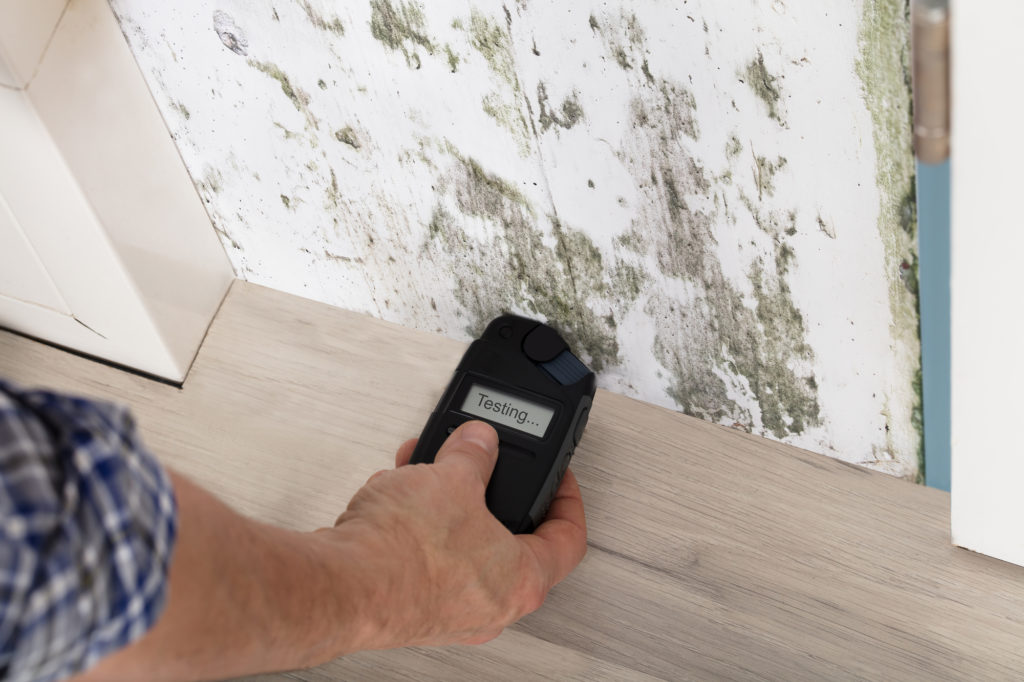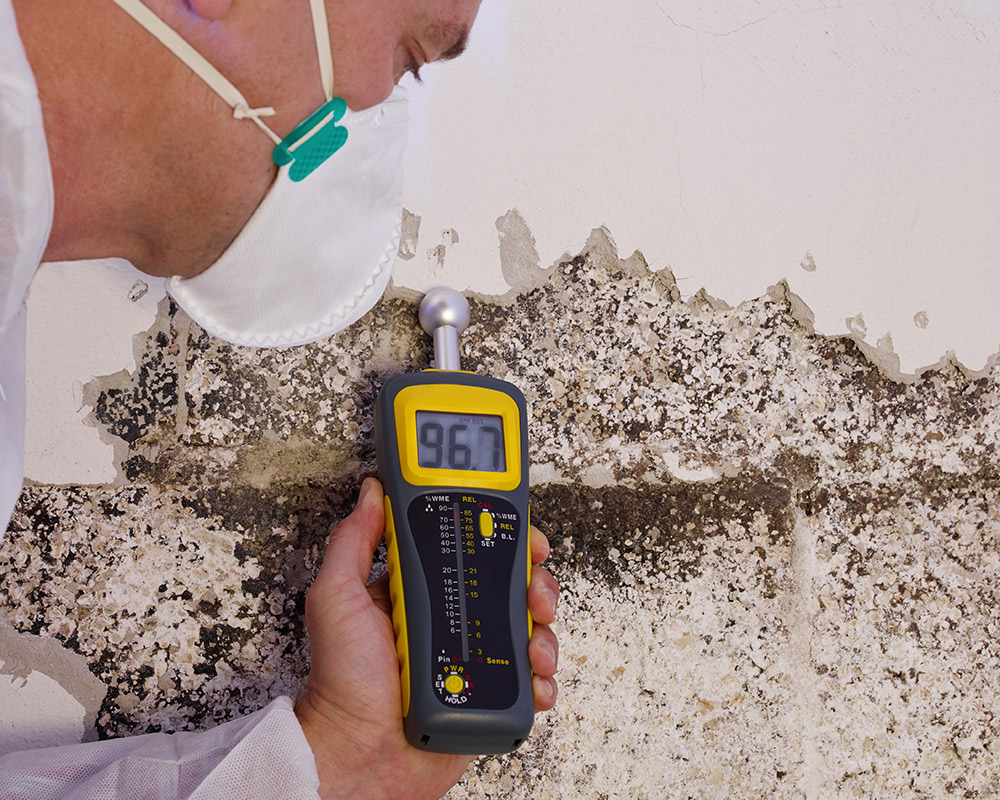Your Ultimate Guide to Post Mold Removal Methods
Navigating the world of post-mold removal methods is a thorough process that requires attention to information and an extensive understanding of the complexities entailed. In the aftermath of mold and mildew infestation, understanding how to properly remove the mold and avoid its reoccurrence is paramount for maintaining a healthy and balanced indoor atmosphere. From picking the right cleaning and decontaminating approaches to carrying out approaches for long-lasting mold prevention, each action in the removal journey plays an important duty in guaranteeing a successful result. As we start this expedition of post-mold remediation techniques, we will reveal the essential methods and finest practices that can assist you recover your space to its pre-mold condition and safeguard it against future mold hazards.
Comprehending Post-Mold Remediation Refine
After finishing the mold and mildew remediation process, it is critical to understand the post-mold remediation methods that are required to ensure a thorough and effective clean-up. As soon as the mold has been gotten rid of, the next step involves cleansing and disinfecting the affected locations to avoid any type of regrowth of mold. This consists of utilizing specialized cleaning agents to clean down surfaces and kill any type of staying mold spores. It is important to dry out the location entirely to inhibit the development of mold in the future (After mold remediation). Appropriate ventilation and dehumidification can aid in this procedure.
In addition, carrying out a last inspection post-remediation is important to ensure that all mold and mildew has been efficiently removed. If the examination exposes any kind of sticking around mold and mildew, added remediation might be required.
Effective Cleansing and Disinfecting Methods

Stopping Future Mold And Mildew Growth

Value of Correct Air Flow
Appropriate ventilation plays an essential duty in preventing wetness build-up, a key element in mold growth within interior atmospheres. Reliable ventilation systems help remove excess moisture from the air, reducing the possibilities of mold and mildew spores locating the wetness they need to germinate and spread out. Without ample ventilation, indoor spaces can end up being a click this breeding place for mold, resulting in potential wellness threats and architectural damage.
By guaranteeing correct air flow, air flow systems can likewise assist in drying out moist areas more quickly after water damages or flooding events, better hindering mold development. Post Mold Remediation. In rooms like washrooms, kitchen areas, cellars, and attic rooms where moisture levels have a tendency to be higher, mounting and preserving effective air flow systems is essential in stopping mold infestations

Surveillance and Maintenance Tips
Provided the critical duty that proper ventilation plays in avoiding mold development, it is vital to establish effective monitoring and upkeep pointers to make sure the ongoing capability of air flow systems. Routine examinations of air flow systems should be conducted to look for any indications of blockages, leakages, or breakdowns that can hamper proper air flow. Tracking humidity levels within the home is additionally vital, as high humidity can add to mold development. Setting up a hygrometer can help track moisture degrees and sharp homeowners to any kind of spikes that may require focus. Furthermore, making certain that air filters are frequently cleansed or replaced is crucial for preserving the performance of the ventilation system. Applying a timetable for routine maintenance jobs, such as air duct cleansing and heating and cooling system inspections, can assist prevent problems before they rise. By staying alert and aggressive to the condition of ventilation systems, home owners can properly minimize the threat of mold regrowth and preserve a healthy and balanced indoor environment.
Conclusion
In conclusion, post-mold removal techniques are crucial for ensuring a secure and tidy atmosphere. Recognizing the process, applying efficient cleaning and decontaminating techniques, preventing future mold and mildew growth, maintaining correct air flow, and routine surveillance are all essential steps in the removal procedure. By complying with these standards, you can efficiently get rid of mold and mildew and stop its return, promoting a healthy and visite site balanced living or working area for all occupants.
In the consequences of mold invasion, understanding just how to properly eradicate the mold and prevent its reoccurrence is paramount for maintaining a healthy interior atmosphere. As soon as Your Domain Name the mold and mildew has actually been removed, the following step entails cleansing and decontaminating the impacted locations to avoid any regrowth of mold and mildew - Post remediation mold testing near me. After getting rid of visible mold growth, it is essential to cleanse all surface areas in the damaged location to remove any remaining mold and mildew spores. To further improve mold and mildew prevention procedures, it is important to attend to underlying concerns that initially led to mold and mildew advancement.Given the crucial function that appropriate air flow plays in preventing mold development, it is important to establish efficient surveillance and maintenance suggestions to make certain the continued functionality of ventilation systems